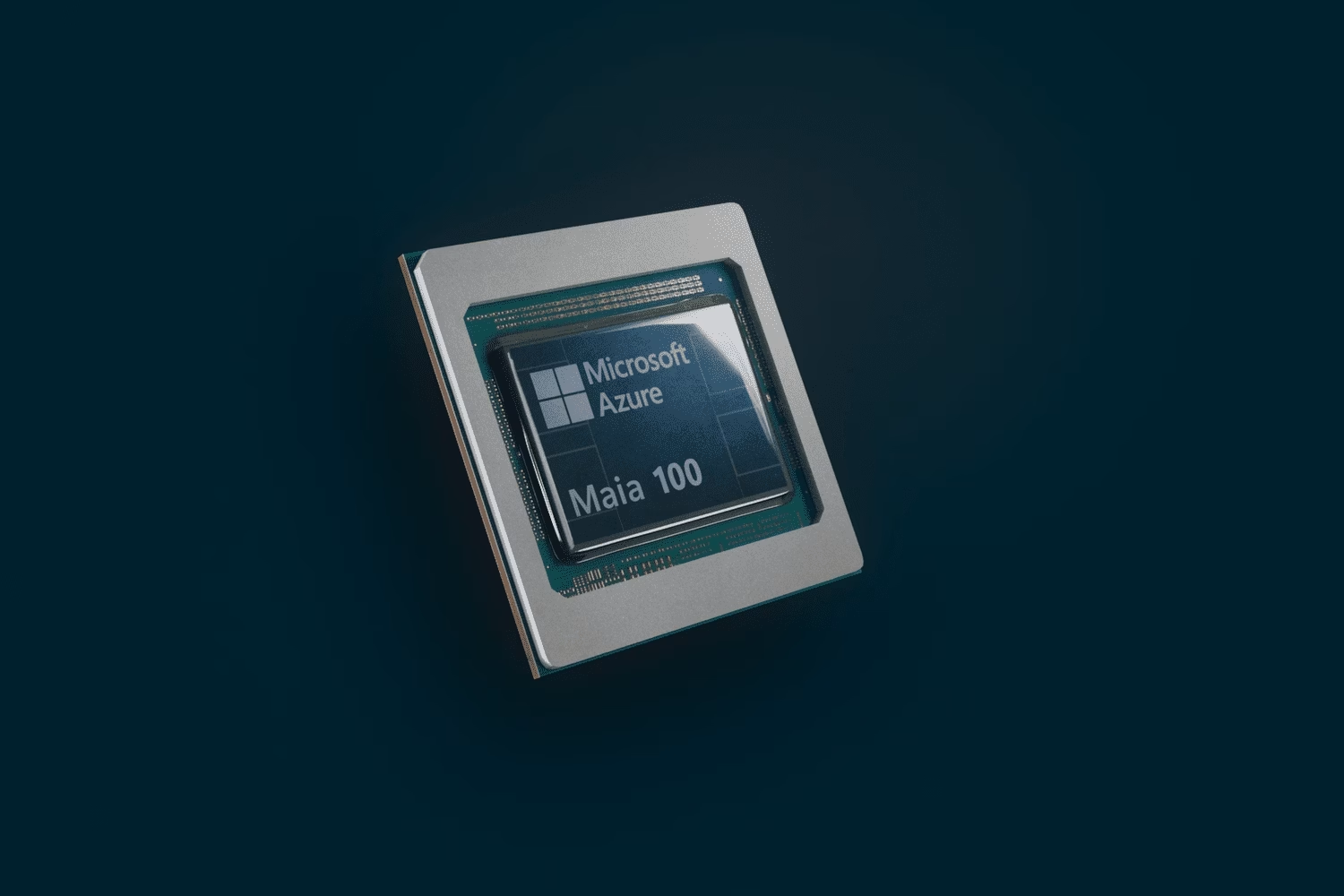Microsoft's Next-Gen AI Chip: A Production Delay to 2026 and What It Means
The race for AI dominance is heating up, and every major tech player wants to control their own destiny, especially when it comes to the silicon that powers their ambitious artificial intelligence models. Microsoft, a titan in cloud computing and AI services, has been making significant strides in developing its in-house AI chips. So, when news broke, initially reported by The Information, that their next-generation AI chip, code-named "Braga" (the successor to Maia), is facing a production delay until 2026, it certainly raised some eyebrows across the industry.
It's a tough spot to be in, for sure. This isn't just a minor hiccup; it's a development with potential ripple effects for Microsoft's competitive standing, its strategic roadmap, and even for customers relying on its Azure AI infrastructure.
The Ambition Behind Microsoft's Custom Silicon
For years, companies like Microsoft have largely relied on third-party chip manufacturers, primarily Nvidia, for the powerful GPUs needed to train and run large AI models. But the sheer scale of AI demand, coupled with the desire for greater control over performance, cost, and supply chain, has pushed tech giants to design their own silicon. Microsoft's Maia chip, and now its successor Braga, are central to this strategy.
The idea is simple: tailor-made chips, optimized specifically for Microsoft's workloads and Azure cloud environment, can offer significant advantages. Think better efficiency, tighter integration with their software stack, and ultimately, a more cost-effective way to scale their AI operations. This isn't just about saving money; it's about building a sustainable, long-term foundation for their AI ambitions.
Unpacking the Delay: Why 2026?
The reports point to a few key factors contributing to this unwelcome delay. Design changes appear to be a significant culprit. Developing cutting-edge chips is incredibly complex, a bit like trying to build a Formula 1 car from scratch while simultaneously designing a new type of fuel. Iterative design is part of the process, but substantial changes can push timelines back considerably.
Then there's the human element: staffing constraints and high turnover. The AI chip design space is a highly specialized and competitive field. Talented engineers are in incredibly high demand, and retaining them can be a real challenge. Losing key personnel mid-project can disrupt workflows, slow down progress, and even necessitate re-dos if institutional knowledge walks out the door. It's a reminder that even with billions of dollars, the right people are still the most critical resource.
The Nvidia Shadow: Performance and Competition
Perhaps one of the more concerning aspects of this delay, as highlighted by various reports, is the anticipated performance gap. The delayed Braga chip is expected to underperform compared to Nvidia's Blackwell chip, which hit the market in late 2024. This isn't entirely surprising, given Nvidia's long-standing dominance and deep expertise in GPU architecture, but it certainly puts Microsoft in a tricky position.
Nvidia has been the undisputed king of AI chips, and their lead isn't just about raw power; it's about a mature software ecosystem (CUDA) that developers are deeply entrenched in. Microsoft's custom silicon efforts are aimed at reducing this reliance, but if their chips aren't competitive on performance, the value proposition diminishes. It's a bit like running a marathon where your competitor got a head start and is also running faster. You've got to work twice as hard to catch up.
Broader Industry Implications and Microsoft's Response
This delay isn't happening in a vacuum. The entire tech industry is grappling with unprecedented demand for AI compute. We've seen reports from Microsoft itself acknowledging that AI demand is outpacing data center capacity. This isn't unique to Microsoft; even Nvidia has faced its own production delays and supply chain bottlenecks in the past. It underscores a pervasive challenge: building the physical infrastructure for the AI revolution is incredibly difficult and time-consuming.
For Microsoft, the implications are multi-faceted:
- Competitive Position: A delay could give competitors, particularly those heavily invested in Nvidia's latest offerings or their own custom silicon (like Google with TPUs), a temporary edge in offering cutting-edge AI services.
- Strategic Adjustments: Microsoft might need to lean more heavily on third-party solutions, like Nvidia's GPUs, for longer than anticipated. This could impact their cost structure and long-term strategic independence. They might also accelerate other aspects of their AI infrastructure development to compensate.
- Customer Impact: Customers building on Azure AI, particularly those pushing the boundaries with large language models or complex AI workloads, might face delays in accessing the most optimized hardware. This could impact their project timelines and innovation cycles.
Looking Ahead: Mitigating the Impact
So, what's next for Microsoft? They're a company with deep pockets and immense engineering talent. One would expect them to double down on resolving the design and staffing issues. They'll likely continue to invest heavily in their custom silicon efforts, as the long-term strategic benefits are too significant to abandon.
